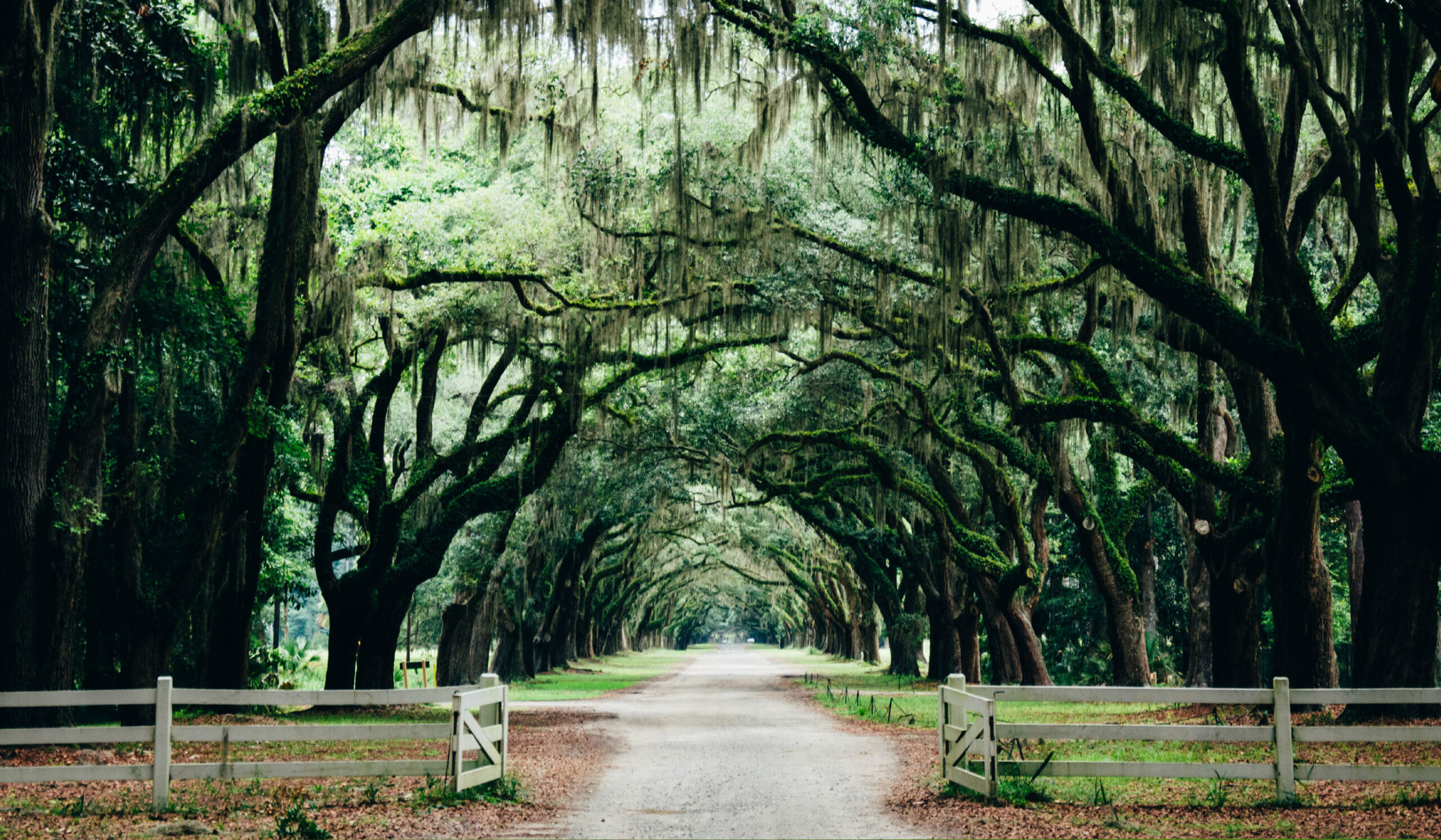High School Program
Immerse yourself in African-American heritage across Georgia and Alabama, from urban centers like Savannah and Montgomery to the unique Gullah-Geechee culture of the Sea Islands. Explore how history is preserved and how it shapes the Lowcountry.
The Civil Right Movement was the struggle for social justice and nonviolent protests that took place in the 1950s and 60s, but still has lasting implications today. After the American Civil War abolished slavery, the racial discrimination and mistreatment of Black Americans persisted. This program explores the deeply rooted history of discrimination in urban Savannah and the rural Sea Islands to unpack the history while also learning about how those affected are healing their communities.
Explore the preservation of African-American history and culture in Georgia and Alabama. Through cultural immersion, learn how different museums and heritage organizations preserve the history of African-Americans in the Lowcountry. This program considers the impact of geography, environment, and diaspora on the development of community values and culture. Consider two different experiences: the urban environment of Savannah and Montgomery, and the rural Gullah-Geechee culture on the Sea Islands. Found only in the Lowcountry, the Gullah-Geechee culture was shaped by formerly enslaved people, primarily from the West Coast of Africa.
At Insight, our program itineraries are as unique as your students. All our program itineraries are customized with teacher chaperones to ensure that it meets the needs of your students.
With the support of a variety of local vendors and NGO’s, we promise that your students will get an authentic, local experience.
All our trips include:





Want to take your students outside the classroom? Review our program locations and suggested themes.
Connect with one of our High School Educators who will help custom design your program.
With our assistance, submit required paperwork and details to your Administration and School Board.
Announce the trip to your students! (We’ll provide all the materials you need).
Invite us to your school to host a Student & Parent Info Night! We will be there to answer questions and support student sign-up!
Welcome to Savannah! Learn about the contributions of Africans in the creation of the Colony of Georgia, the State of Georgia, and the City of Savannah, during a guided tour. See the first Underground Railroad, secret schools, and spiritual and cultural highlights of Africans in Savannah.
Participate in a hands-on indigo dyeing workshop. Indigo joined rice as the region’s major cash crop from 1744 to 1774. This was largely due to the knowledge and skills possessed by the Gullah-Geechee as learned by their ancestors’ century old practices. Learn about the process of creating dye from this green plant and make a hand dyed scarf.
Tour Sapelo Island with a descendant of enslaved Africans brought to Sapelo in the early 1800s to work the plantation. Explore Native American shell mounds, visit the ruins of the slave cabins of an old French plantation, walk along the Nanny Goat Beach, and see the newly-restored Sapelo Lighthouse.
Learn how traditional sweetgrass baskets are made. Watch as a master basket weaver demonstrates the process. Learn how the materials are collected from the island’s natural habitat. Hear about the history of this art form.
For nearly one hundred years, Pin Point was isolated and self-sustained, a Gullah-Geechee enclave founded by first-generation freedmen where life was deeply connected to the water. Today, the factory has been reopened as Pin Point Heritage Museum, celebrating the life, work and history of this Gullah-Geechee community that calls Pin Point home.
Then a local Gullah artist shares about the history of blacksmithing within African and African American culture and shows how different things are made with tools of times past.
Travel from Savannah, Georgia to Montgomory, Alabama.
Visit Dr. Richard Harris’ House and take a tour with Harris family members telling their story. In May 1961, Dr. Harris opened this home to 33 Freedom Riders challenging interstate bus segregation who were harassed and attacked at the Montgomery Greyhound Bus Station upon arrival. In the days following the attack, Harris’ home served as a haven for the Freedom Riders while martial law was declared in the area. Dr. Martin Luther King Jr., Rev. Ralph D. Abernathy, James Farmer, John Lewis, Diane Nash, and other leaders of the Civil Rights Movement met at the Harris House to develop a strategy for continuing the rides.
Visit Troy University’s Rosa Parks Museum, an active memorial to the life of civil rights icon Rosa Parks and the lessons of the Montgomery Bus Boycott that brought racial integration to transportation and international attention to civil rights. Located in downtown Montgomery, Alabama, at the site where Mrs. Parks was arrested, it is the nation’s only museum dedicated to Rosa Parks.
Then visit the nation’s first memorial dedicated to the legacy of enslaved Black people, people terrorized by lynching, African Americans humiliated by racial segregation and Jim Crow, and people of color burdened with contemporary presumptions of guilt and police violence.



